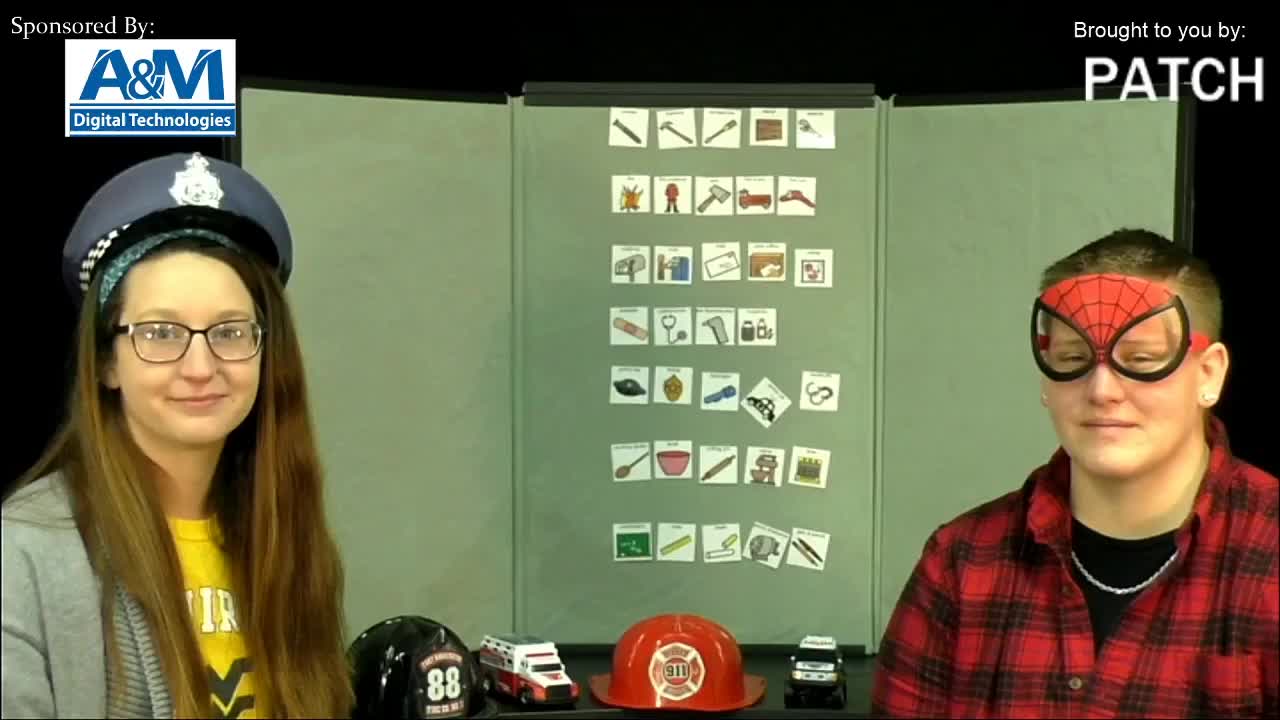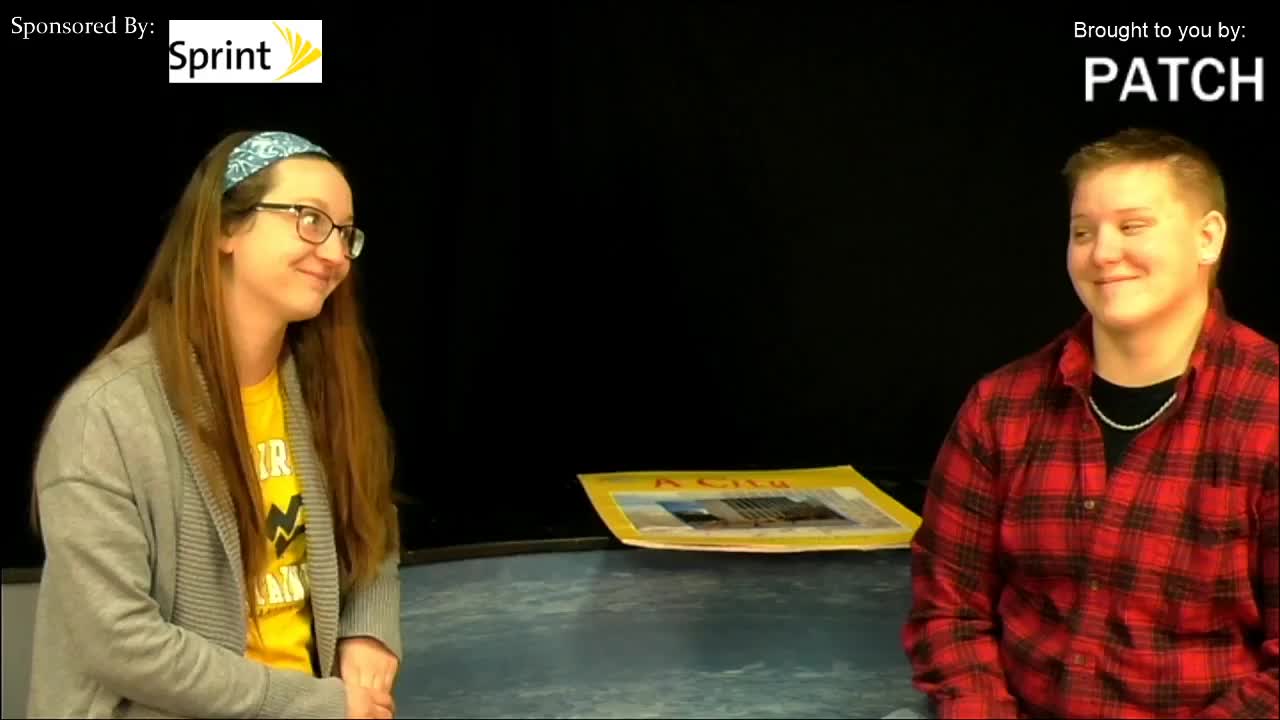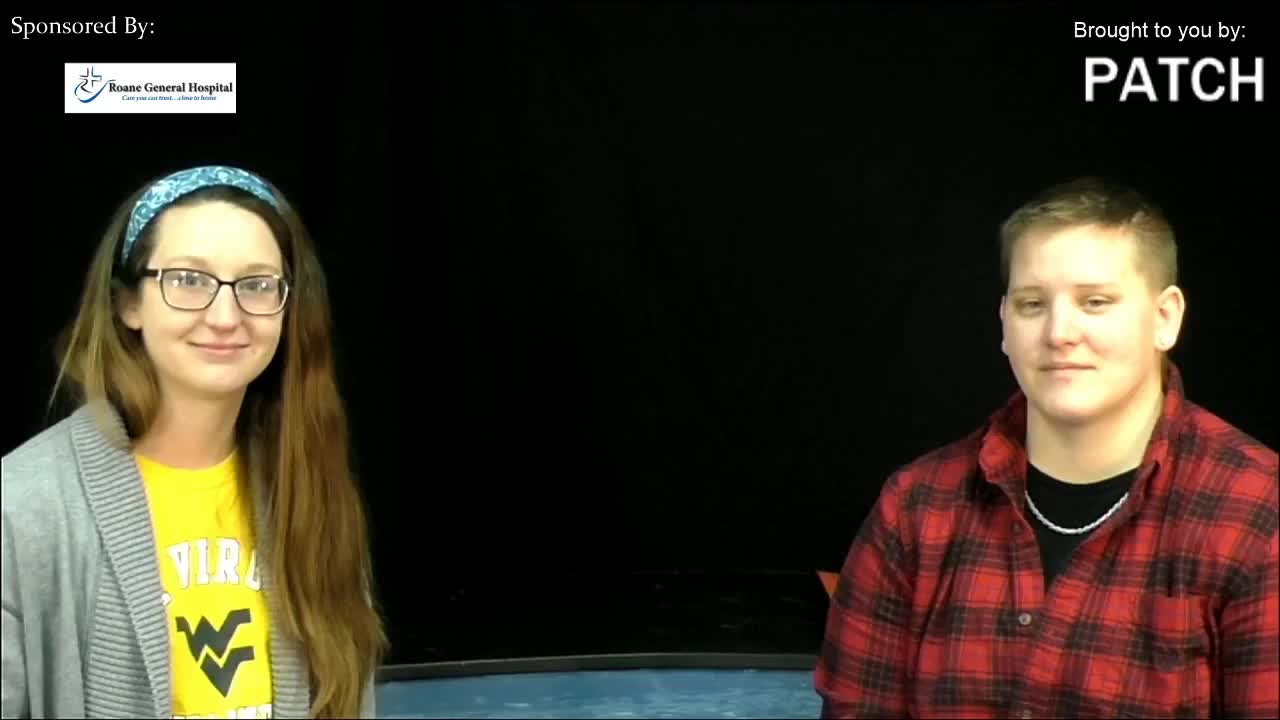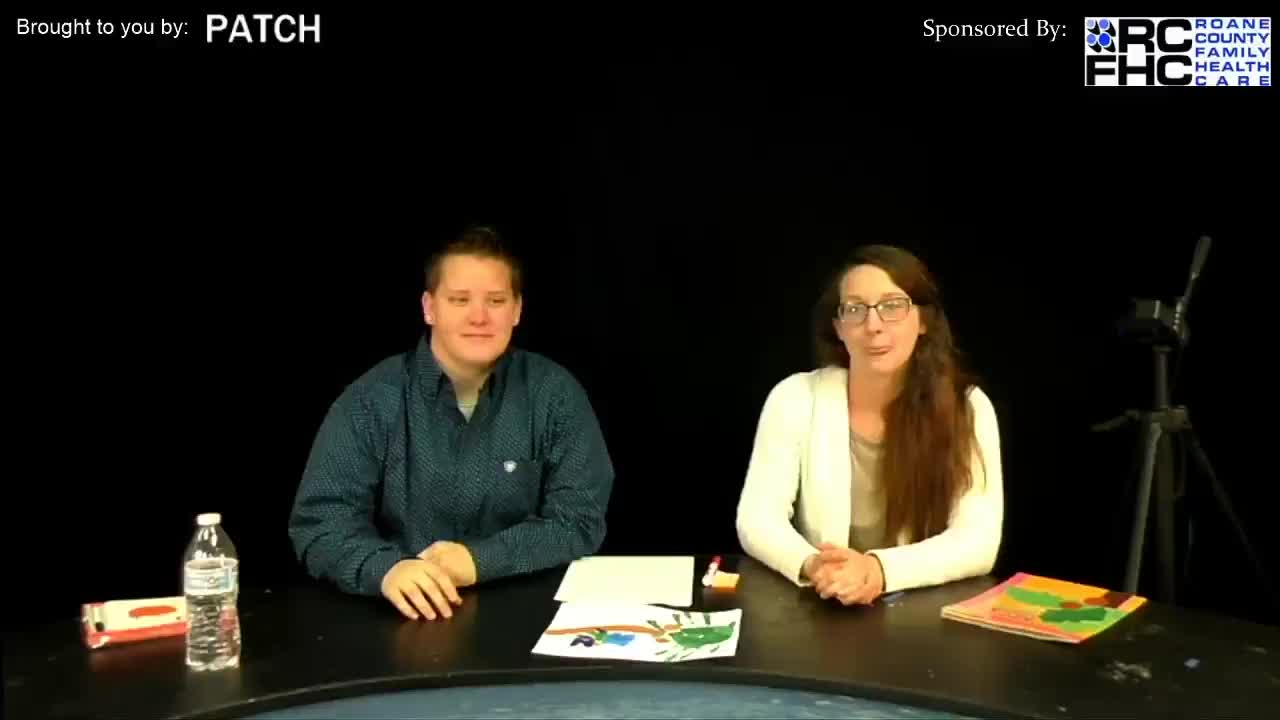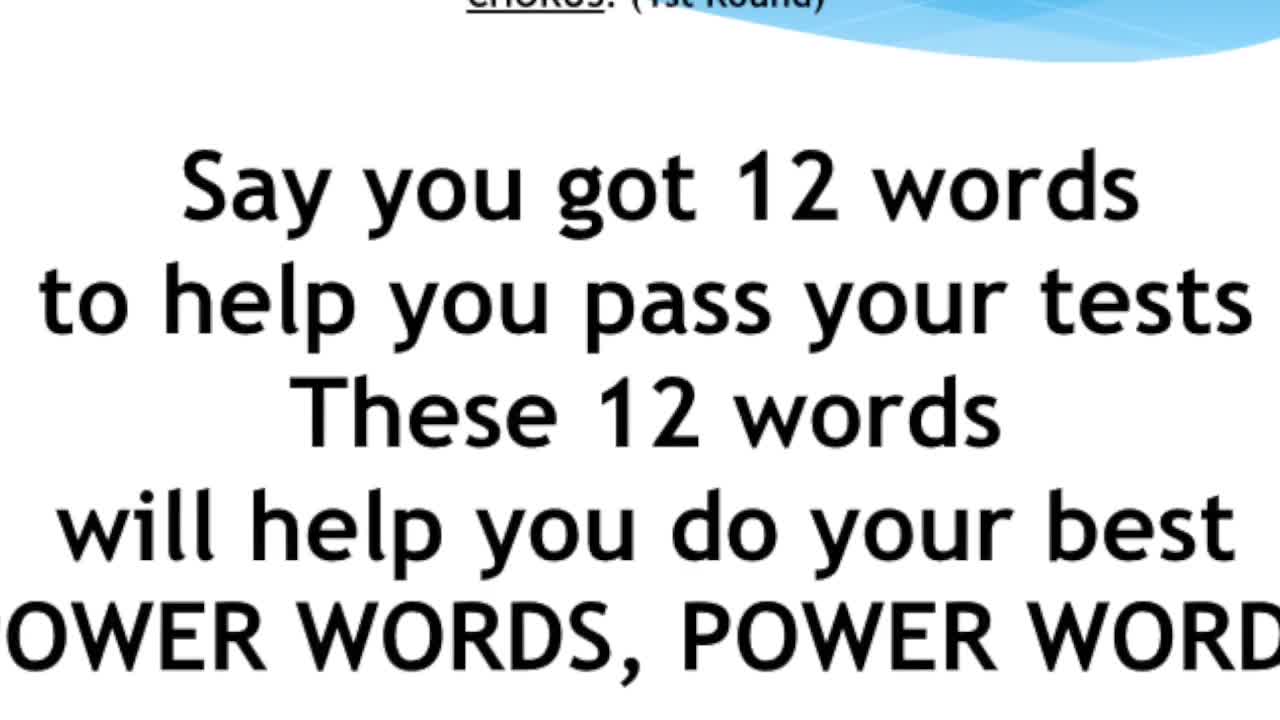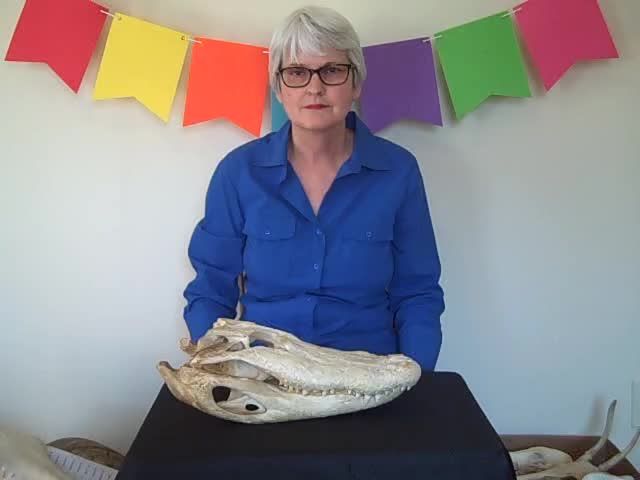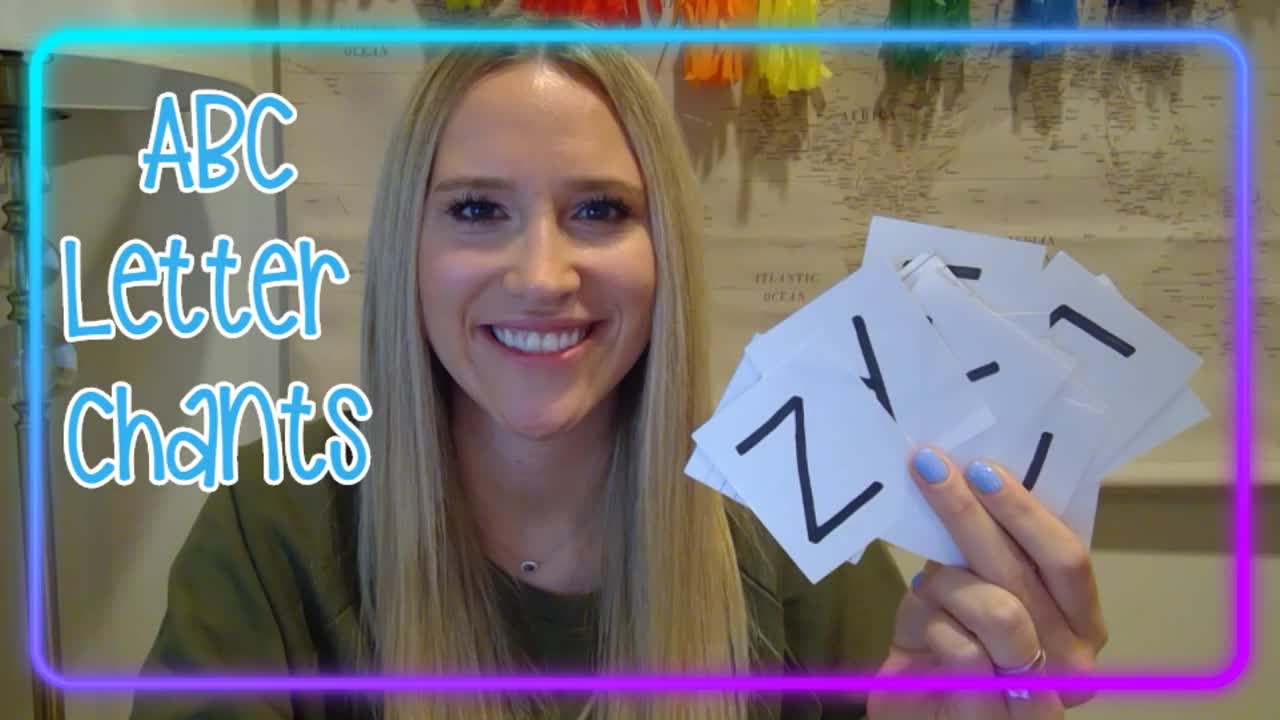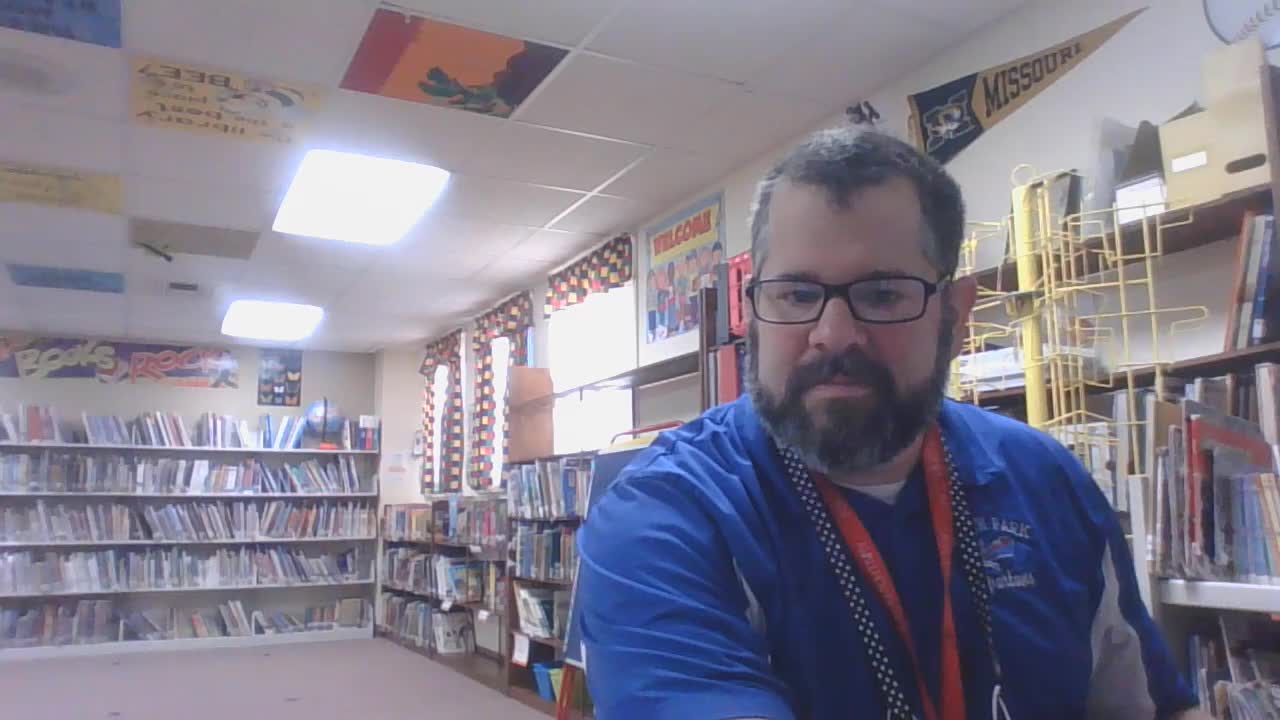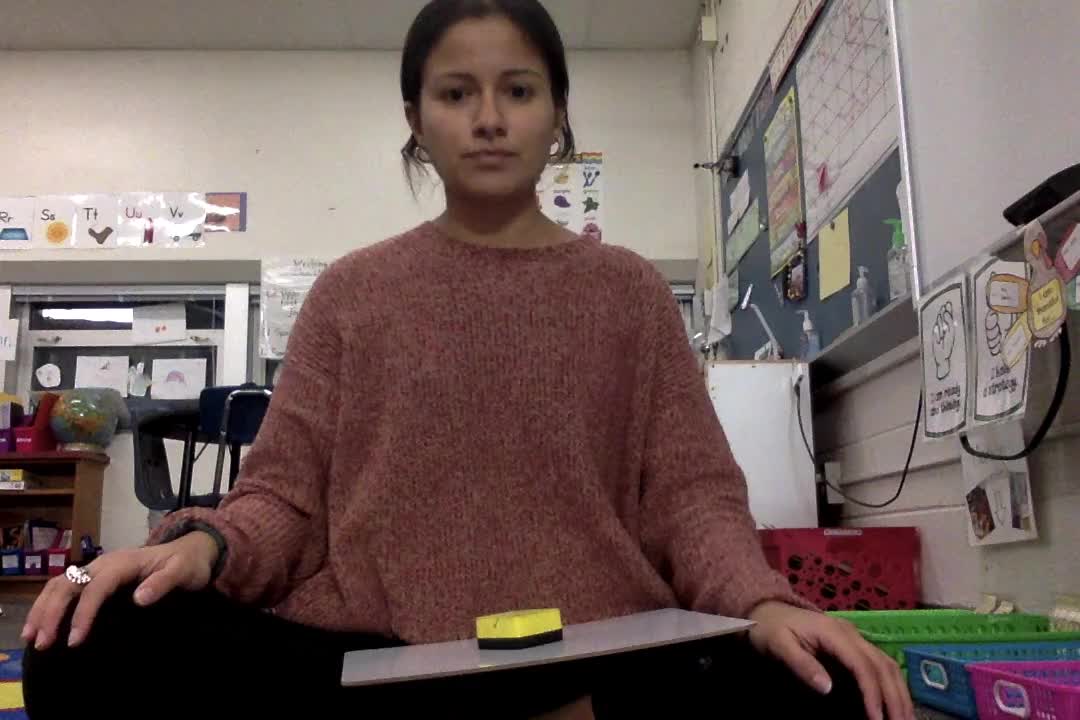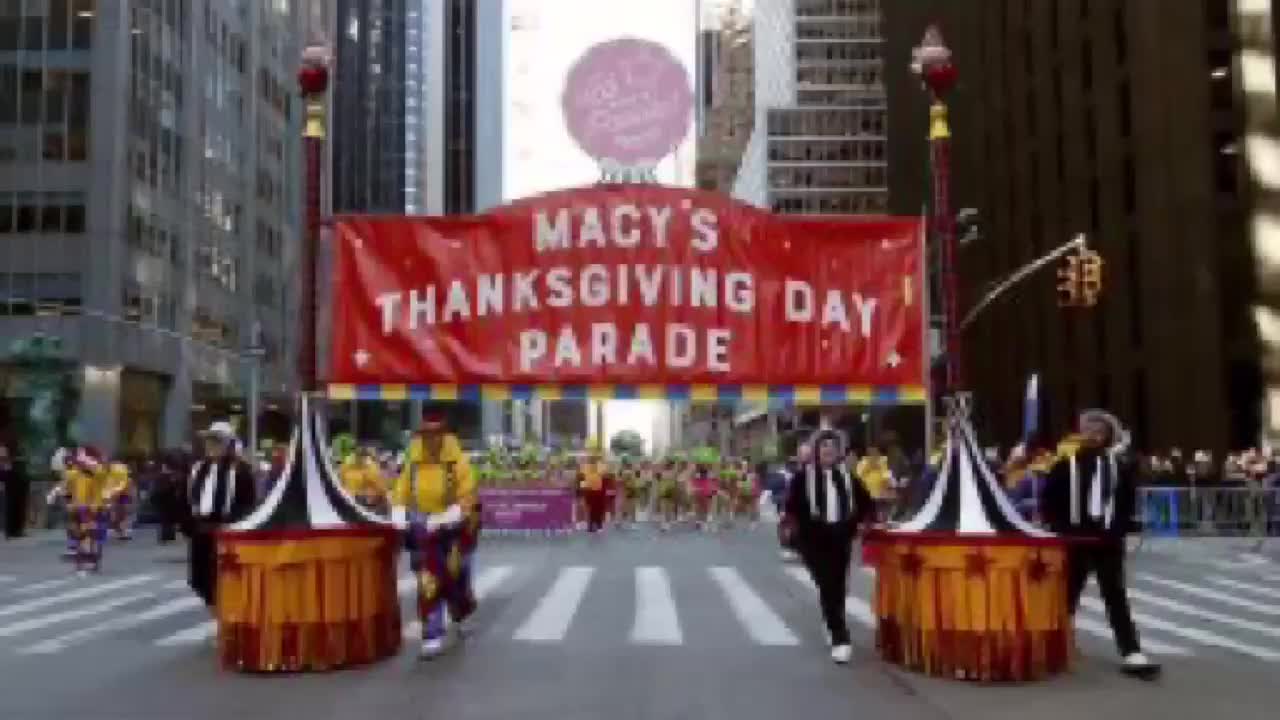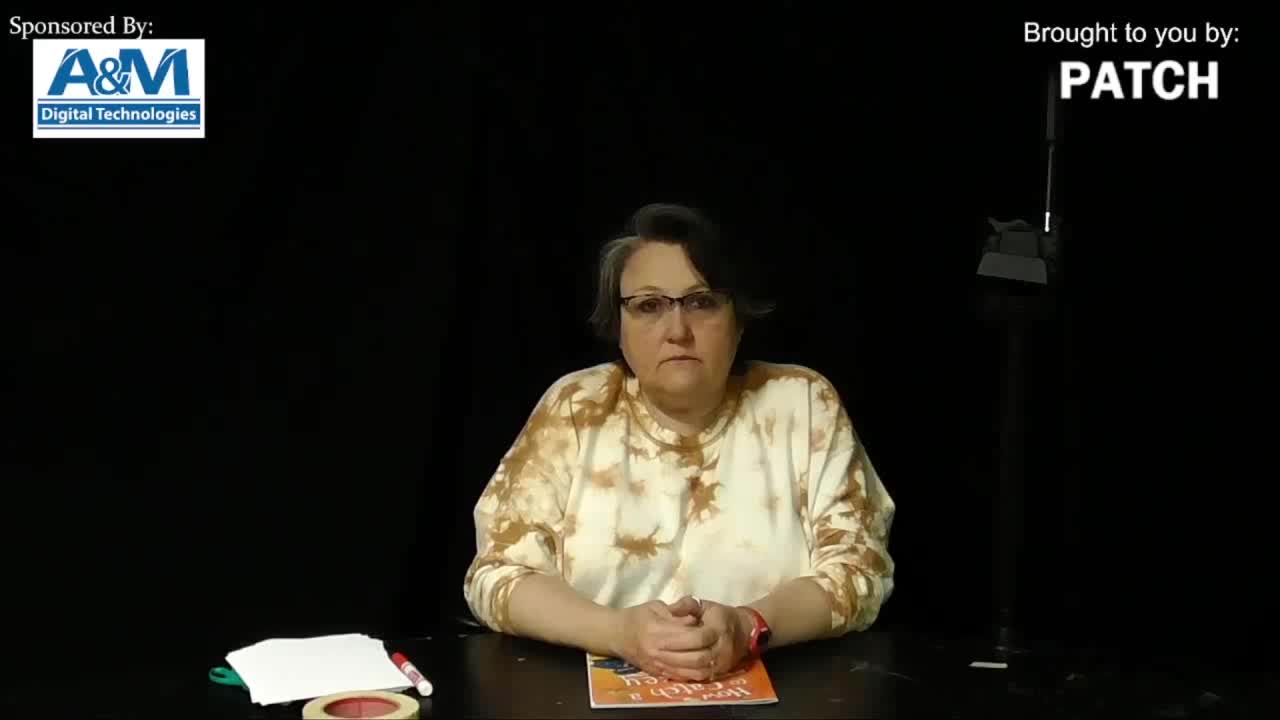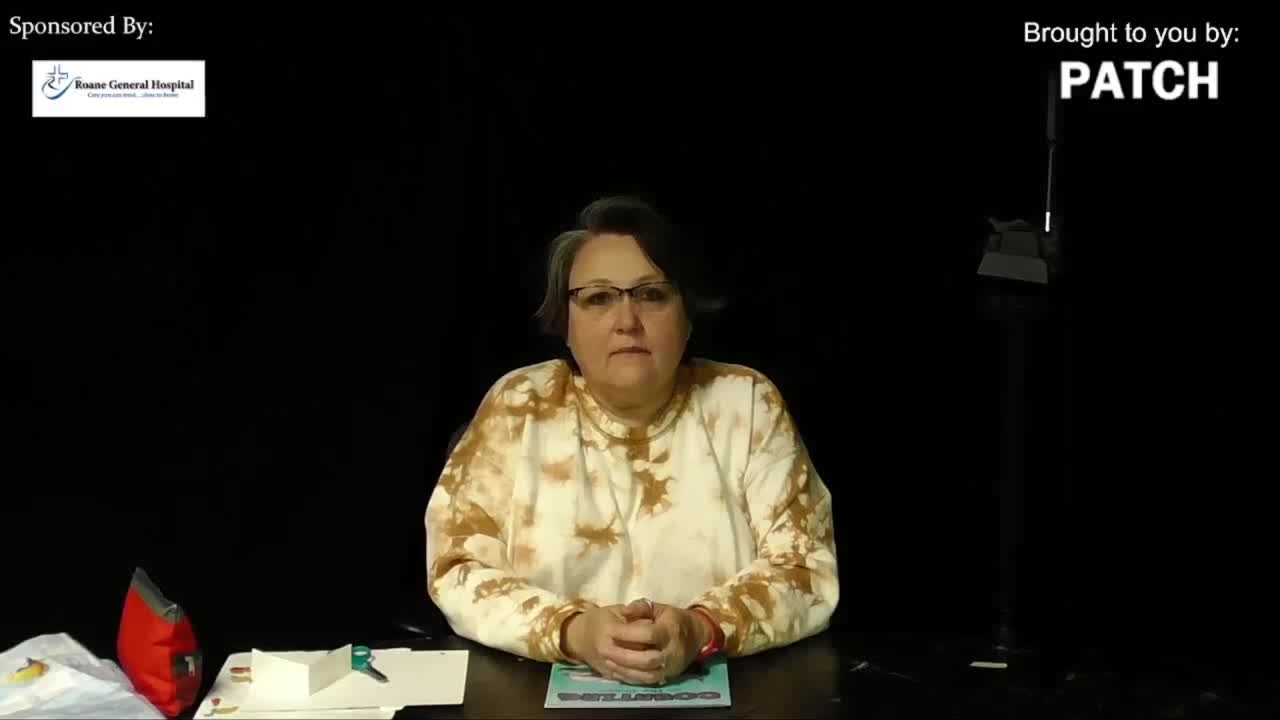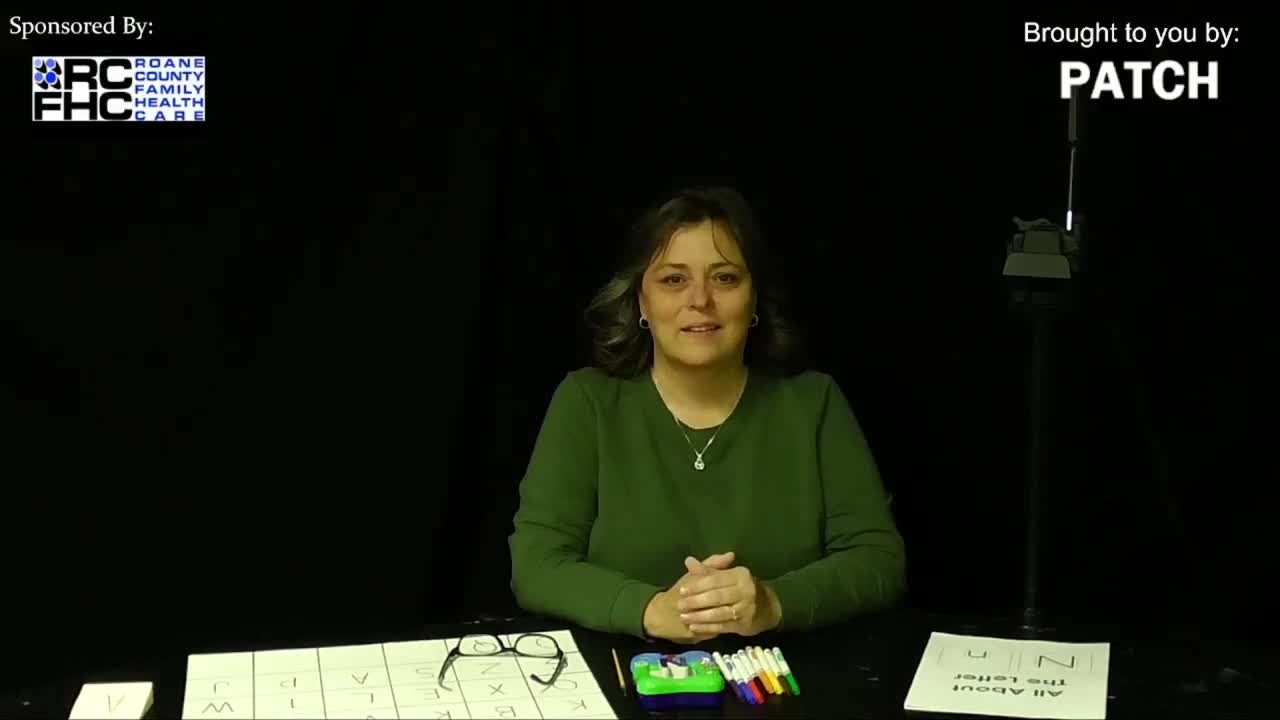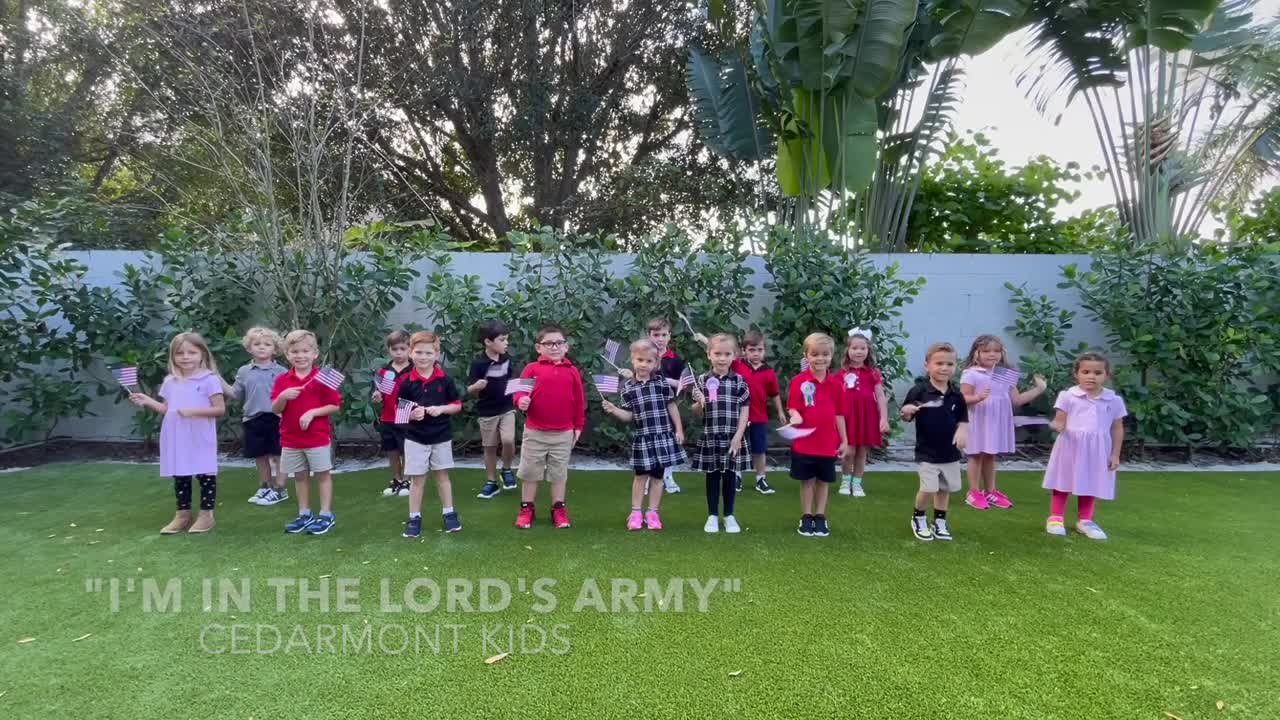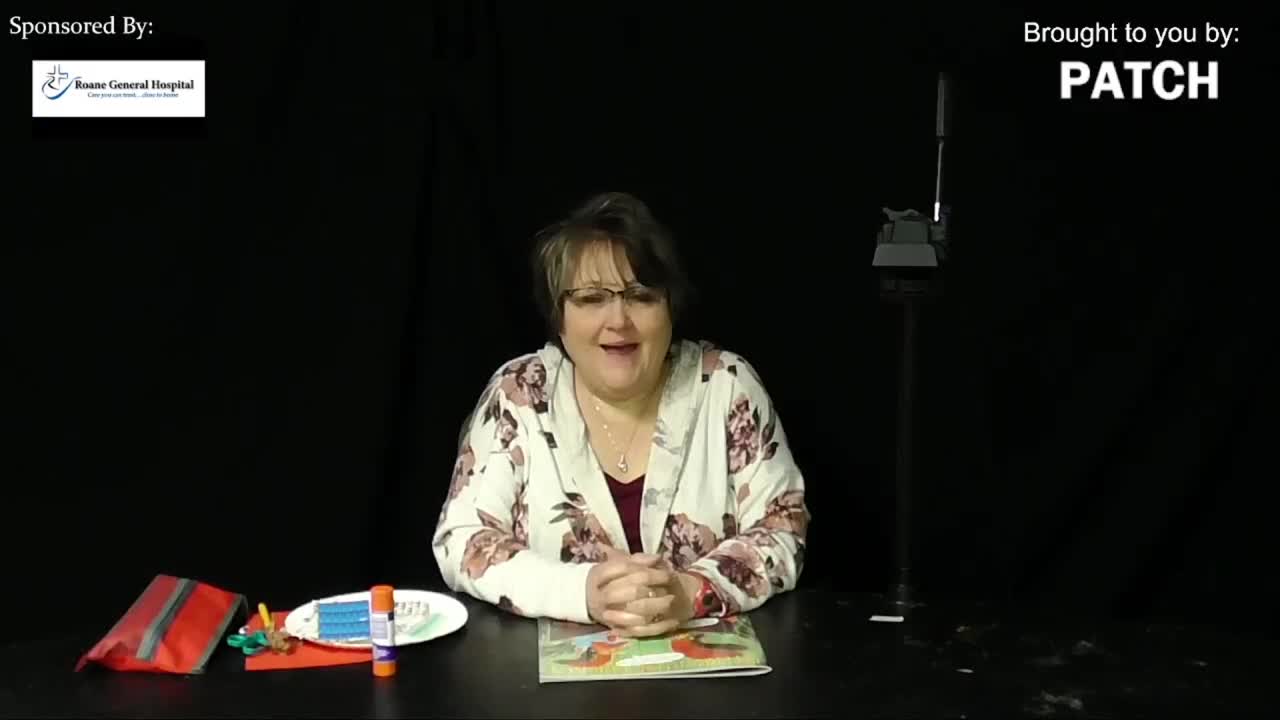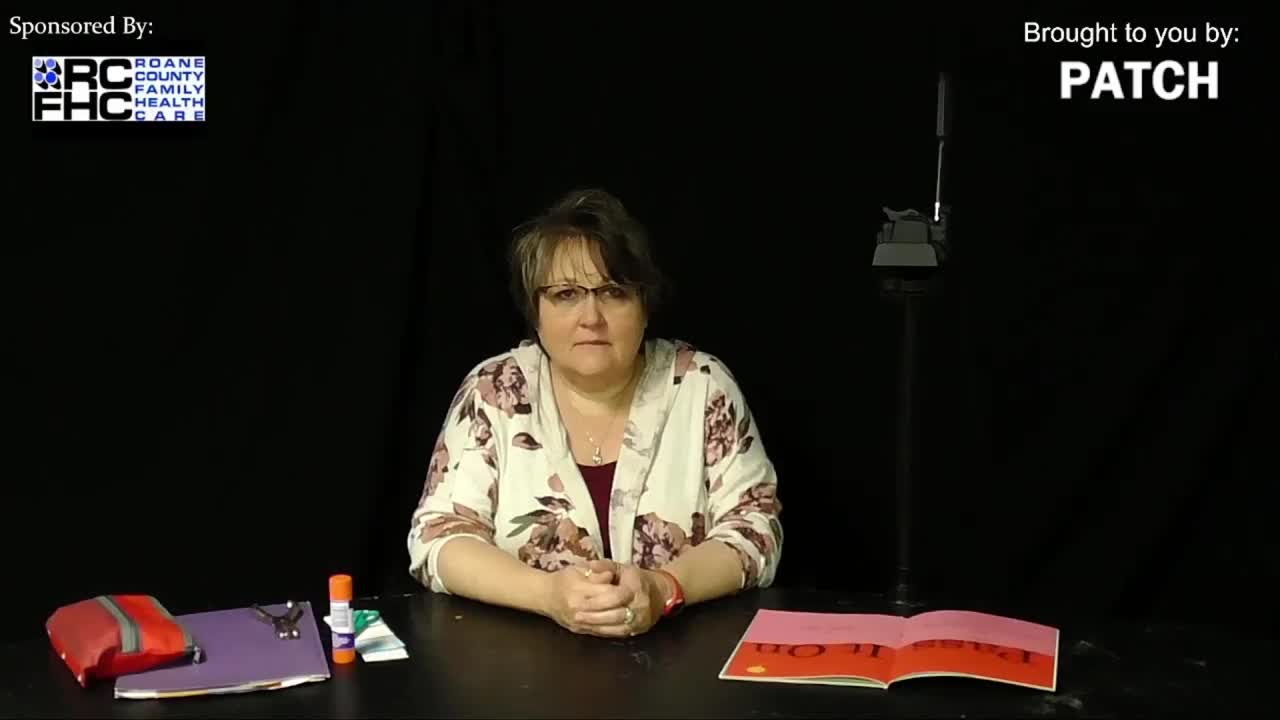Using a Map Scale Song (Fall out boy Parody)
Elementary / All / Educational Songs
Here is a parody of Fall Out Boy's My Songs Know What You Did In the Dark, all about map scales.
The Florida Center for Citizenship presents Landmark Supreme Court Cases. In this video, we will look at Marbury versus Madison, Plessy versus Ferguson, Brown versus the Board of Education, and in re Gault.
Throughout the history of the United States, our civil rights have been impacted by decisions of the United States Supreme Court. Some decisions have been more impactful than others and we call these decisions landmarks. A landmark decision is one that is especially significant.
In this video, we will explore landmark cases that impacted civil rights - where the basic rights of citizens to be free from unequal treatment based on certain characteristics.
After watching you will be able to use primary sources to assess the significance of landmark U.S. Supreme Court cases, evaluate how these cases had an impact on society, and recognize or apply constitutional principles or rights in relation to supreme court cases.
So, what does the Supreme Court actually do? Well, Article 3 of the U.S. Constitution give the Supreme Court jurisdiction over certain types of case. It was not until Marbury versus Madison in 1803 that the court claimed the power of what we call judicial review. This is the power to decide whether certain law and government actions are unconstitutional. So how did this case do that? Before he left office, President John Adams appointed a number of federal judges and justices of peace, beginning all of the paperwork and appointments completed before he left office. The new President, Thomas Jefferson refused to send out all the letters that completed the process. Can you imagine if you are offered a lifetime job and because of a paperwork problem you were told that the job is no longer yours? William Marbury was one of the person whose paperwork was not delivered before Adams left office. He sued James Madison, President Jefferson?s Secretary of State, because he did not receive his paperwork. It was Madison?s responsibility to deliver it but Jefferson told him not to. The Supreme Court rules that the law that allowed Marbury to sue was unconstitutional - or not in agreement with the U.S. Constitution. This was the first time that the Supreme Court ruled part of a law was unconstitutional.
Let?s take a look at what the supreme court said. It is the duty of the judicial department to say what the law is. Those who apply the rule to particular cases must, of necessity interpret the rule. If two laws conflicted each other, the court must decide on the operation of each.
So what does the principle of judicial review mean and how does it impact society? Basically, the Supreme Court said that somebody had to interpret the Constitution and it was the job of the Supreme Court to do so because the Judicial branch is not involved in making law unlike the Legislative and the Executive branches. Marbury versus Madison strengthened the system of checks and balances. Don?t forget that this system is what makes sures one branch can limit the power of the other branches and help protect our rights.
Let?s check in. How did the constitutional principle in the Marbury versus Madison decision impact society? It established judicial review and strengthened the system of checks and balances.
Our next important case to discuss that impacted civil rights was Plessy versus Ferguson decided in 1896. In Louisiana, the law said that African-Americans and whites had to ride in equal but separate train cars. One day, a man names Homer Plessy decided he wanted to take a train ride in Louisiana. So he bought a ticket and got on the train. But there was a problem. Mr. Plessy was one eighth African-American, and he wanted to ride in the car meant for only white people. He said it wasn?t fair that people of different races had to ride in different cars because they were not always equal and this type of segregation violate the fourteenth amendment of equal protection clause.
This clause says that the law must apply to everyone equally and cannot discriminate against citizens or groups of citizens. Unfortunately for Mr. Plessy, the U.S. Supreme Court disagreed and ended up limiting civil rights. Let?s take a look at what the court said. We consider the underlying fallacy of the plaintiff?s argument to consist in the assumption that the enforced separation of the two races stamps the color race with the badge of inferiority. If this be so, it is not by reason found anything in the act, but solely because the colored race chooses to put that construction upon it. If the civil and political rights of both races be equal, one cannot be inferior to the other to the other civilly or politically. If one race be inferior to the other socially, the Constitution of the United States cannot put them on the same plane. So what does this principle mean and how does it impact society? Basically, the Supreme Court declared that separate but equal does not violate the Fourteenth Amendment?s equal protection clause as long as the separate facilities were equal to those of white people. In other words, segregation based on race was legal as long as everything else was equal. In this case, since riders regardless of race were allowed to travel on the train and get to their destination, they are being treated equally.
Of course, as we now know, in many cases African-Americans did not have equal facilities to those of whites. And we?ll talk about this in our next case.
Let?s check in. How did the constitutional principle in the Plessy versus Ferguson decision impact society? It established the idea that separate but equal did not violate the Fourteenth Amendment?s Equal Protection Clause, and segregation was legal.
The next landmark case we will discuss is Brown versus Board of Education from 1954. Which may be one of the most important civil rights cases in the history of this country. After the Plessy decision, African-American students in many states were not allowed to attend the same schools as white students because the law allowed or required racial segregation. Do you remember though what allowed that segregation? That?s right! Everything still had to be equal. By 1954, it?s pretty evident that students from different races were not receiving an equal education. The Brown family sued the Topeka, Kansas School Board for discrimination. Just like Plessy, the Brown?s claimed that the racial segregation violated the Equal Protection Clause of the Fourteenth Amendment because students were required to attend school in unequal running environment. And they won.
Let?s take a look at what the Supreme Court said. We conclude in the field of public education the doctrine of separate but equal has no place. Separate educational facilities are inherently unequal. So what does this principle mean and how does it impact society? In Brown versus Board the Supreme Court declared that the Equal Protection Clause when applied to education meant that separate schools where not equal schools. Eventually, this principle would apply to all public facilities and segregation to the Civil Rights Act of 1964.
Let?s check in. How did the constitutional principle in Brown versus Board impact society? It said that separate but equal violated the Equal Protection Clause of the Fourteenth Amendment in public school settings.
Let?s look at one more case that had a big impact on society especially for young people. In re Gault 1967. When he was fifteen, a young man named Gerald Gault was arrested for making a naughty phone call. He was denied due process, or his right to fair treatment by the law because he was a juvenile - someone who is younger than eighteen. Gault was tried in juvenile court and was sentenced to six years in reform school. He appealed to his state?s supreme court, but they ruled that he does not have the right to due process because he was a juvenile. Gault appealed to the U.S. Supreme Court and the court agreed that his due process rights were violated. The Supreme Court said, in in re Gault in 1967 that juvenile rights included many of the same rights that adults had when accused of crimes.
Let?s take a look at what the Supreme Court said. Neither the Fourteenth Amendment nor the Bill of Rights is for adults alone. So what does this principle mean and how does it impact society? This supposes the idea that in many cases, juveniles have legal clout with adults and minors accused of crimes have the same due process rights. So all criminal cases involving juveniles must guarantee due process.
Let?s recap. Try to answer for yourselves the following questions. How did the constitutional principle in the Marbury versus Madison decision impact society? It established judicial review and strengthened the system of checks and balances.
How did the constitutional principle in the Plessy versus Ferguson decision impact society? It established the idea that separate but equal, including racial segregation, did not violate the Equal Protection Clause of the Fourteenth Amendment
How did the constitutional principle in Brown versus Board of Education impact society? It ruled that separate but equal in public schools violated the Equal Protection Clause of the Fourteenth Amendment.
How did the constitutional principle in in re Gault impact society? It established the idea that juveniles accused of a crime have the same due process rights as adults under the Equal Protection Clause of the U.S. Constitution.
Did you get them all? Good job! Be sure to check out the companion videos on cases relating to civil liberties if you haven?t watched them already.
Throughout the history of the United States, our civil rights have been impacted by decisions of the United States Supreme Court. Some decisions have been more impactful than others and we call these decisions landmarks. A landmark decision is one that is especially significant.
In this video, we will explore landmark cases that impacted civil rights - where the basic rights of citizens to be free from unequal treatment based on certain characteristics.
After watching you will be able to use primary sources to assess the significance of landmark U.S. Supreme Court cases, evaluate how these cases had an impact on society, and recognize or apply constitutional principles or rights in relation to supreme court cases.
So, what does the Supreme Court actually do? Well, Article 3 of the U.S. Constitution give the Supreme Court jurisdiction over certain types of case. It was not until Marbury versus Madison in 1803 that the court claimed the power of what we call judicial review. This is the power to decide whether certain law and government actions are unconstitutional. So how did this case do that? Before he left office, President John Adams appointed a number of federal judges and justices of peace, beginning all of the paperwork and appointments completed before he left office. The new President, Thomas Jefferson refused to send out all the letters that completed the process. Can you imagine if you are offered a lifetime job and because of a paperwork problem you were told that the job is no longer yours? William Marbury was one of the person whose paperwork was not delivered before Adams left office. He sued James Madison, President Jefferson?s Secretary of State, because he did not receive his paperwork. It was Madison?s responsibility to deliver it but Jefferson told him not to. The Supreme Court rules that the law that allowed Marbury to sue was unconstitutional - or not in agreement with the U.S. Constitution. This was the first time that the Supreme Court ruled part of a law was unconstitutional.
Let?s take a look at what the supreme court said. It is the duty of the judicial department to say what the law is. Those who apply the rule to particular cases must, of necessity interpret the rule. If two laws conflicted each other, the court must decide on the operation of each.
So what does the principle of judicial review mean and how does it impact society? Basically, the Supreme Court said that somebody had to interpret the Constitution and it was the job of the Supreme Court to do so because the Judicial branch is not involved in making law unlike the Legislative and the Executive branches. Marbury versus Madison strengthened the system of checks and balances. Don?t forget that this system is what makes sures one branch can limit the power of the other branches and help protect our rights.
Let?s check in. How did the constitutional principle in the Marbury versus Madison decision impact society? It established judicial review and strengthened the system of checks and balances.
Our next important case to discuss that impacted civil rights was Plessy versus Ferguson decided in 1896. In Louisiana, the law said that African-Americans and whites had to ride in equal but separate train cars. One day, a man names Homer Plessy decided he wanted to take a train ride in Louisiana. So he bought a ticket and got on the train. But there was a problem. Mr. Plessy was one eighth African-American, and he wanted to ride in the car meant for only white people. He said it wasn?t fair that people of different races had to ride in different cars because they were not always equal and this type of segregation violate the fourteenth amendment of equal protection clause.
This clause says that the law must apply to everyone equally and cannot discriminate against citizens or groups of citizens. Unfortunately for Mr. Plessy, the U.S. Supreme Court disagreed and ended up limiting civil rights. Let?s take a look at what the court said. We consider the underlying fallacy of the plaintiff?s argument to consist in the assumption that the enforced separation of the two races stamps the color race with the badge of inferiority. If this be so, it is not by reason found anything in the act, but solely because the colored race chooses to put that construction upon it. If the civil and political rights of both races be equal, one cannot be inferior to the other to the other civilly or politically. If one race be inferior to the other socially, the Constitution of the United States cannot put them on the same plane. So what does this principle mean and how does it impact society? Basically, the Supreme Court declared that separate but equal does not violate the Fourteenth Amendment?s equal protection clause as long as the separate facilities were equal to those of white people. In other words, segregation based on race was legal as long as everything else was equal. In this case, since riders regardless of race were allowed to travel on the train and get to their destination, they are being treated equally.
Of course, as we now know, in many cases African-Americans did not have equal facilities to those of whites. And we?ll talk about this in our next case.
Let?s check in. How did the constitutional principle in the Plessy versus Ferguson decision impact society? It established the idea that separate but equal did not violate the Fourteenth Amendment?s Equal Protection Clause, and segregation was legal.
The next landmark case we will discuss is Brown versus Board of Education from 1954. Which may be one of the most important civil rights cases in the history of this country. After the Plessy decision, African-American students in many states were not allowed to attend the same schools as white students because the law allowed or required racial segregation. Do you remember though what allowed that segregation? That?s right! Everything still had to be equal. By 1954, it?s pretty evident that students from different races were not receiving an equal education. The Brown family sued the Topeka, Kansas School Board for discrimination. Just like Plessy, the Brown?s claimed that the racial segregation violated the Equal Protection Clause of the Fourteenth Amendment because students were required to attend school in unequal running environment. And they won.
Let?s take a look at what the Supreme Court said. We conclude in the field of public education the doctrine of separate but equal has no place. Separate educational facilities are inherently unequal. So what does this principle mean and how does it impact society? In Brown versus Board the Supreme Court declared that the Equal Protection Clause when applied to education meant that separate schools where not equal schools. Eventually, this principle would apply to all public facilities and segregation to the Civil Rights Act of 1964.
Let?s check in. How did the constitutional principle in Brown versus Board impact society? It said that separate but equal violated the Equal Protection Clause of the Fourteenth Amendment in public school settings.
Let?s look at one more case that had a big impact on society especially for young people. In re Gault 1967. When he was fifteen, a young man named Gerald Gault was arrested for making a naughty phone call. He was denied due process, or his right to fair treatment by the law because he was a juvenile - someone who is younger than eighteen. Gault was tried in juvenile court and was sentenced to six years in reform school. He appealed to his state?s supreme court, but they ruled that he does not have the right to due process because he was a juvenile. Gault appealed to the U.S. Supreme Court and the court agreed that his due process rights were violated. The Supreme Court said, in in re Gault in 1967 that juvenile rights included many of the same rights that adults had when accused of crimes.
Let?s take a look at what the Supreme Court said. Neither the Fourteenth Amendment nor the Bill of Rights is for adults alone. So what does this principle mean and how does it impact society? This supposes the idea that in many cases, juveniles have legal clout with adults and minors accused of crimes have the same due process rights. So all criminal cases involving juveniles must guarantee due process.
Let?s recap. Try to answer for yourselves the following questions. How did the constitutional principle in the Marbury versus Madison decision impact society? It established judicial review and strengthened the system of checks and balances.
How did the constitutional principle in the Plessy versus Ferguson decision impact society? It established the idea that separate but equal, including racial segregation, did not violate the Equal Protection Clause of the Fourteenth Amendment
How did the constitutional principle in Brown versus Board of Education impact society? It ruled that separate but equal in public schools violated the Equal Protection Clause of the Fourteenth Amendment.
How did the constitutional principle in in re Gault impact society? It established the idea that juveniles accused of a crime have the same due process rights as adults under the Equal Protection Clause of the U.S. Constitution.
Did you get them all? Good job! Be sure to check out the companion videos on cases relating to civil liberties if you haven?t watched them already.
